Water saving devices for the home are tools and appliances designed to reduce water consumption without compromising functionality.
They are beneficial as they significantly cut down on water usage, leading to lower utility bills and conserving a vital environmental resource.
By reducing demand on water supply and sewer systems, they also lessen the energy used for water heating and treatment, contributing to a reduced overall environmental impact.
Essentially, they offer an effective way to achieve sustainable living while providing financial savings.
So, are you ready to reduce your water footprint and save on your utility bills? Here are the best water saving devices for your home:
1. Low-Flow Showerheads
Low-flow showerheads are effective tools for saving water, designed to use no more than 2.5 gallons per minute compared to the 5 gallons used by standard showerheads.
They work by either aerating the water or restricting its flow, allowing you to enjoy a satisfying shower while cutting down on water use. On average, these showerheads can help a household save about 2,700 gallons of water each year.
They are also easy to install: just remove your old showerhead and screw on the low-flow model, using Teflon tape to seal any gaps.

2. Faucet Aerators
Faucet aerators are devices attached to the end of faucets, and they work by mixing air with the water flow, thereby reducing the amount of water used without compromising water pressure.
Installing a faucet aerator is a straightforward DIY task. First, remove any debris from the faucet thread.
Then, simply screw the aerator onto the faucet tip. If it’s a male-threaded faucet, you’ll screw the aerator on the outside, while for a female-threaded faucet, the aerator screws inside.
Ensure it’s tight to avoid leaks, but there’s no need to overtighten.
The benefits are immediate, reflecting in reduced water usage and, consequently, lower water bills, making this a smart, eco-friendly addition to your water-saving strategy.

3. Dual Flush Toilets
Dual flush toilets are a significant advancement in water-saving technology. They feature two buttons or handles, allowing users to choose between a full flush for solid waste and a reduced flush for liquid waste.
This design can save significant amounts of water, as the reduced flush uses just about half the water of a full flush.
In terms of cost versus savings, while the initial investment for a dual flush toilet may be higher than for a standard toilet, the water savings quickly offset this cost.
On average, a household can reduce water usage by up to 67% for each flush, leading to substantial savings on water bills over time.
With the average family flushing the toilet thousands of times per year, the potential savings make dual flush toilets a financially wise and environmentally responsible choice for modern homes.
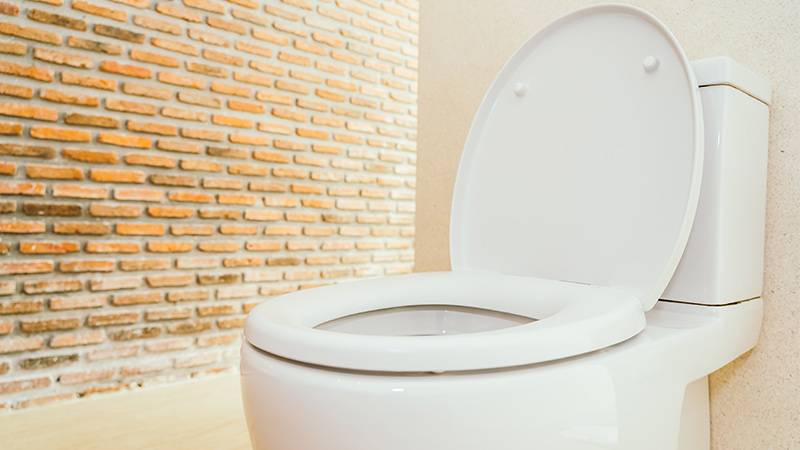
4. Toilet Tank Banks
Toilet tank banks are a simple yet effective water conservation tool. They work by taking up space in the toilet tank, thereby reducing the amount of water used with each flush.
Typically, a toilet tank bank can save about 0.8 to 1.5 gallons per flush, a substantial saving considering the frequency of toilet use in a household.
Creating a DIY toilet tank bank is straightforward. You can use a sealed, water-filled plastic bottle or a commercial tank bank.
Just fill the container with water, add some stones for weight, and close it tightly.
Then, place it in the toilet tank away from the operating mechanisms.
It’s an easy, cost-effective way to reduce your water usage and contribute to a more sustainable living environment, reflecting the essence of smart household water management.
5. Water-Efficient Dishwashers and Washing Machines
Water-efficient dishwashers and washing machines are key to reducing household water usage. Compared to older models, these appliances can save a significant amount of water.
A traditional washing machine might use about 40 gallons per load, while a water-efficient model typically uses only around 14 gallons.
Modern dishwashers have seen similar improvements, cutting water usage from approximately 10 gallons per cycle to as low as 3 gallons in the most efficient models.
The long-term savings are notable. These appliances not only lower water bills but also use less energy, leading to further savings.
Environmentally, the benefits are clear. By using less water and energy, these devices help in conserving resources and reducing your home’s environmental impact.
Investing in water-efficient dishwashers and washing machines is a practical move for any homeowner looking to save money and support sustainable living.
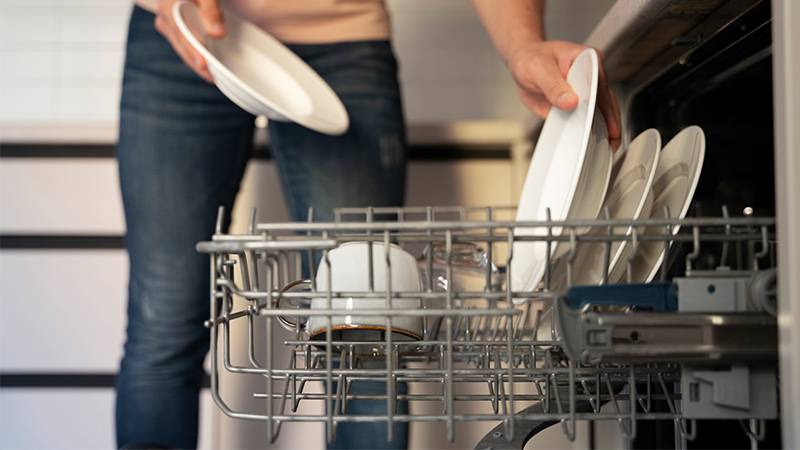
6. Rain Barrels
Rain barrels are an efficient method for harvesting rainwater from your roof, diverting it from downspouts into storage containers for later use. This simple system can collect significant amounts of water, especially during heavy rainfall, reducing your reliance on the municipal supply or wells.
The harvested water is ideal for outdoor uses such as watering gardens, washing cars, or cleaning outdoor areas. It’s free from chlorine and other chemicals, making it better for plants.
Installing a rain barrel is straightforward: place it under a downspout, ensuring it’s on a stable, flat surface.
It’s essential to have a secure lid to keep out debris and mosquitoes.
Regular maintenance involves checking for and clearing any blockages in the gutters or the mesh screen atop the barrel.
Embracing rain barrels not only contributes to water conservation efforts but also promotes sustainable living by efficiently utilizing natural resources.
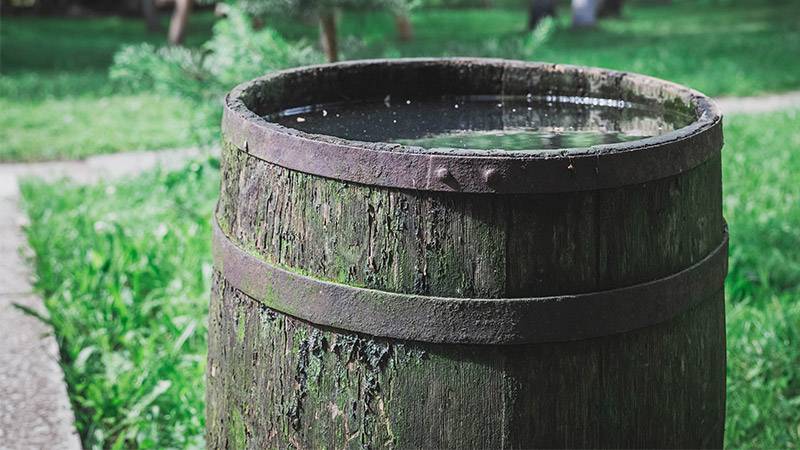
7. Drip Irrigation Systems
Drip irrigation systems are a game-changer in efficient plant watering, delivering water directly to the soil at the base of plants.
This method minimizes water wastage due to evaporation or runoff, ensuring that every drop is used effectively. It’s particularly beneficial in areas prone to drought or for water conservation efforts.
Setting up a basic drip irrigation system is relatively simple. Start by laying out a hose or tubing along your garden beds, positioning emitters or drippers at the base of each plant.
Connect this setup to your water source, and use a timer to control the watering schedule.
Regular checks for clogs or leaks in the system will keep it running efficiently.
By adopting drip irrigation, you’re not just ensuring that your plants get the water they need; you’re also taking a significant step towards sustainable water usage in your garden.

8. Soil Moisture Sensors
Soil moisture sensors are a smart addition to any water-saving strategy, especially when it comes to gardening and landscaping.
These devices measure the moisture content in the soil, ensuring that plants receive the right amount of water at the right time.
This technology is crucial in preventing overwatering, a common issue that not only wastes water but can also harm plant health.
By integrating soil moisture sensors into your irrigation system, you can fine-tune your watering schedule based on actual soil conditions. This means your plants get water only when they need it, promoting healthier growth while significantly reducing unnecessary water usage.
Adopting these sensors reflects a commitment to efficient water management and eco-friendly living.
9. Water-Saving Ice Makers
Water-saving ice makers represent a leap forward in eco-friendly technology, focusing on reducing water waste in ice production.
These advanced devices recapture and reuse water from melted ice, significantly cutting down on water consumption compared to traditional ice makers.
Traditional ice makers often waste a considerable amount of water, as any unused ice melts and is typically drained away. In contrast, water-saving models cleverly recycle this water, using it to produce more ice.
This innovative approach can lead to substantial reductions in water usage, aligning perfectly with sustainable living goals and making these ice makers an intelligent choice for environmentally conscious households.
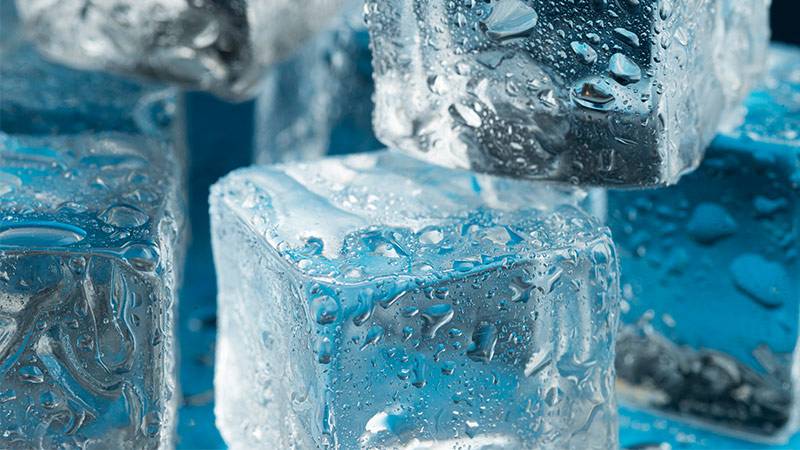
10. Pool Covers
Pool covers are an essential tool for minimizing water loss in swimming pools, primarily by preventing evaporation. An uncovered pool can lose thousands of gallons of water each year to evaporation, but a pool cover significantly reduces this, saving water and the energy used to heat the pool.
There are several types of pool covers, each varying in effectiveness and convenience.
Solar covers not only reduce evaporation but also use the sun’s energy to warm the pool, cutting down on heating costs.
Automatic covers offer ease of use, unfolding over the pool with the push of a button.
Safety covers, typically made of mesh or solid materials, prevent evaporation while also providing a safety barrier for children and pets.
Each type contributes to sustainable living by conserving water and reducing energy usage, making pool covers a smart investment for any pool owner.
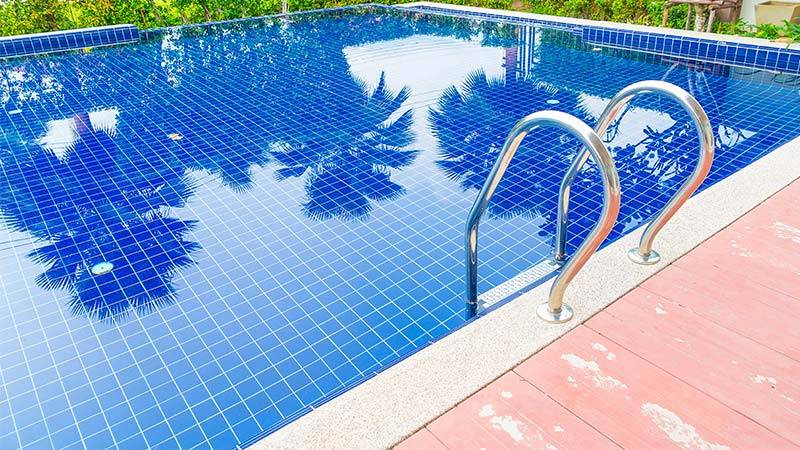
11. Hot Water Recirculation Systems
Hot water recirculation systems save water and energy by keeping hot water readily available in your pipes, eliminating the need to let the water run while waiting for it to heat up. These systems circulate cooled water back to the heater, ensuring hot water is instant and constant.
While the installation of these systems can be an investment, the cost is offset by the water and energy savings over time.
Installation typically involves a pump and a return line, and it’s usually best handled by a professional to ensure it’s done correctly.
The upfront cost varies depending on the system’s complexity and your home’s layout, but the long-term savings in water and energy bills, along with the convenience of instant hot water, make these systems a valuable addition to eco-friendly households.

Read More:
12. Smart Water Monitors
Smart water monitors are a breakthrough in household water management, offering real-time insights into water usage. These devices attach to your water supply and use advanced sensors to track the flow and pressure, transmitting data directly to your smartphone or other devices.
This technology allows you to monitor your water consumption pattern, identify leaks early, and even receive tips for reducing usage.
The immediate, detailed feedback provided by smart water monitors empowers homeowners to make informed decisions about their water use, leading to significant savings and promoting sustainable living.
By integrating these monitors into your home, you’re not just watching your water usage; you’re actively managing and optimizing it for a more eco-friendly lifestyle.
Conclusion
The journey towards water conservation is both necessary and rewarding. By incorporating devices like low-flow showerheads, dual flush toilets, and smart water monitors, you’re not just cutting down on your water bill; you’re contributing to a larger movement of environmental stewardship. Every drop saved plays a part in preserving our precious water resources.
Now is the time to take action. Embrace these water-saving solutions and step confidently into a sustainable lifestyle. Start making changes today and become a champion for conservation in your community.


